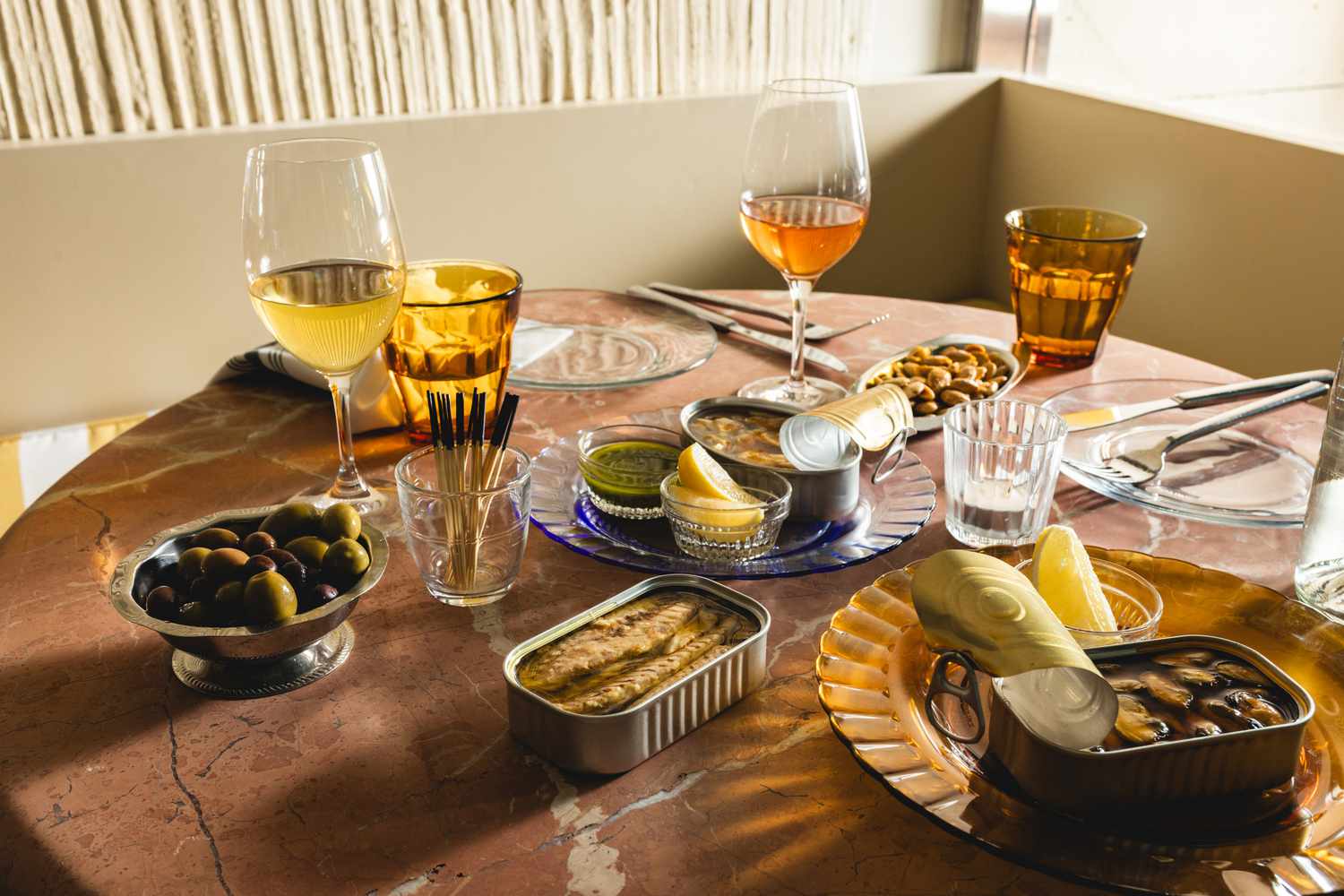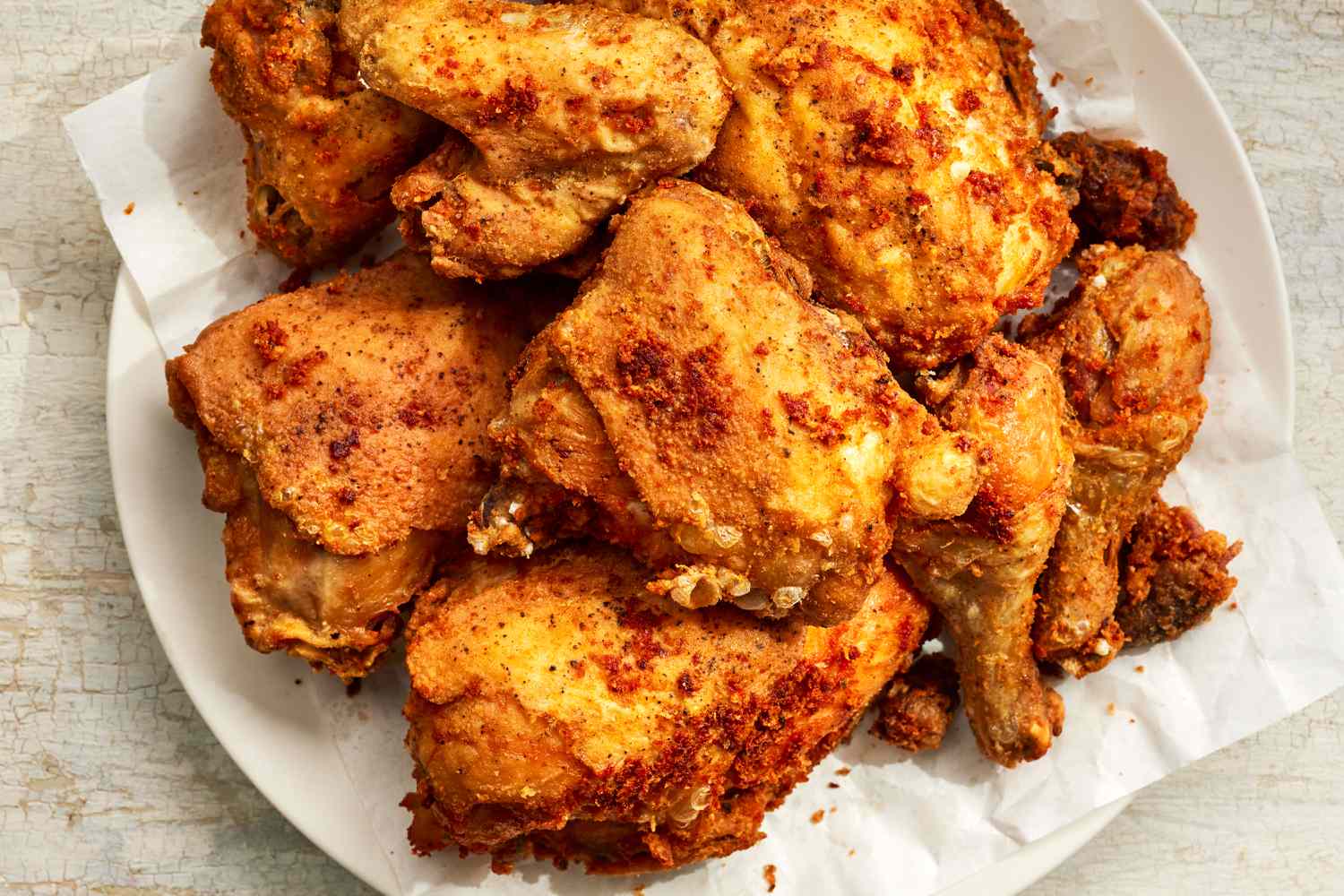
Not Your Grandma’s Wine: Why Los Angeles Is Experiencing a Sherry Boom
When Heather Sperling set out to open her newest restaurant, Bar Siesta, a Spanish tapas bar in the heart of Los Angeles’ Silverlake neighborhood, she was eager to launch the beverage program.
“I get to push my sherry agenda,” says Sperling, who also operates nearby seasonal California restaurant Botanica along with co-owner Emily Fiffer. “I’ve been wanting to do that for a long time because I’ve seen how people react to it,” she says of the Spanish fortified wine now front and center on her drinks menu at Bar Siesta.
Sperling lived in Spain and feels a strong affinity for its food and culture. She’s thrilled to bring a taste of it to a city that she says is not exactly bursting with Spanish restaurants. It’s a reason why her drink of choice, jerez (sherry in Spanish), is not more widely known by her guests, she says.
Getting a sherry education
“The customers here say, ‘Oh, we thought sherry was sweet. We thought it was a creamy thing,’” says Pierluc Dallaire, Siesta’s beverage director who meticulously curates one of the largest sherry lists in Los Angeles, with 14 varieties on the current menu.
Sperling acknowledges that a learning curve exists. “It’s like the thing that grandma sips at three in the afternoon, the ancient bottle in their cabinet,” says Sperling of her guests’ preconceived notions. “There’s definitely not a knowledge of the drier, aperitif-style sherry.”
Heather Sperling, co-owner, Bar Siesta
“We want to teach people that this is [an] amazing Spanish beverage that can go throughout your meal in the way that a wine pairing would.”
— Heather Sperling, co-owner, Bar Siesta
But sit down at one of Bar Siesta’s charming little tables, or snag a seat at the terracotta-tiled bar. Sperling and her team are eager to pour unknowing guests a taste of dry, crisp, nutty sherry expressions.
“You can start with a briny, bone-dry, crisp fino or manzanilla,” says Sterling
Finos and manzanillas are the same type of sherry, says Sterling. The difference is manzanilla comes exclusively from one town in the “Sherry Triangle” of southwestern Spain (the only area in the world where sherry is made), Sanlúcar de Barrameda. Crafted close to the ocean, this type is thought to contain more salinity.
Courtesy of Pauline Chatelan
“We’re trying to teach them that you can start with that, with your jamón, your olives, your almonds, your salads, then as you move on to your heartier dishes, you can have amontillado,” says Sterling. “You can have an oloroso with grilled lamb or sausage and lentils.”
Olorosos also pair well with dessert, as does Pedro Ximenez sherry, which is offered at Bar Siesta by the glass or poured over olive oil ice cream as a sherry affogato dessert.
“We want to teach people that this is [an] amazing Spanish beverage that can go throughout your meal in the way that a wine pairing would,” says Sperling.
Sherry’s moment in Los Angeles
Bar Siesta isn’t the only restaurant excited about its sherry program. Sherry, as a dry aperitif, or a booze-soaked ice cream dessert, is becoming more common around Los Angeles, even at non-Spanish restaurants.
At Barra Santos, the acclaimed Portuguese restaurant in the Cypress Park neighborhood, wine director Evelyn Goreshnik believes sherry is having a moment.
Courtesy of PC Last Word Hospitality
“It used to be if you were a sommelier, you would recognize the importance of how well sherry works with food,” says Goreshnik. “But I think with more and more places featuring sherries, even featuring other beverages, like sakés, it allows customers to see how well other things work with food.”
Barra Santos offers manzanilla sherry on tap. Goreshnik says its popularity is steadily increasing.
“I think there’s still a lot of mystery [for] the normal customer of what it is,” says Goreshnik. However, the reception is usually positive. “They’re into it because, I think, if they enjoy any kind of a dry white wine, they’re gonna like a sherry.”
Evelyn Goreshnik, wine director, Barra Santos
“If they enjoy any kind of a dry white wine, they’re gonna like a sherry.”
— Evelyn Goreshnik, wine director, Barra Santos
Spanish wine as a gateway to sherry
At Bar Siesta, Dallaire points out that dry white wines from Jura have similar oxidative notes. “I feel like it’s an acquired taste,” he says, one that features green apple, toasted sesame, walnuts, and hazelnuts. “These [are] oxidative notes that people are not used to unless you drink Jura wines.”
In downtown Los Angeles, at José Andrés’s fine-dining destination San Laurel, wine director Jordi Paronella attributes part of sherry’s growth to its similarity to a popular Spanish wine.
“There’s a new trend towards still white wines from Jerez, Andalusia, which is where sherry is made,” says Paronella. “That definitely will help introduce guests to sherry. These still white wines from Jerez are made from palomino, fino, grown in the Albariza soils, and some of them are aged in old American barrels. For me, it’s not dissimilar to raw fino or manzanilla.”
Courtesy of San Laurel
Paronella says that all Spanish restaurants should have at least a few sherries on the menu, but that they shouldn’t be confined to Spanish cuisine. Though sherry might seem like a new trend, it’s anything but that. Sherry is thought to have been created more than 3,000 years ago.
Both Sperling and Goreshnik say that an appreciation for sherry has been limited to wine professionals and insiders. “If you know, you know,” says Sperling. But they’re both happy to change that.
“I found that anytime I’ll engage a table and say, ‘We have an amazing sherry list. Do you know much about sherry? Would you like to taste some?’ They love it. They’re like, ‘Oh my God, I had no idea. I knew nothing about sherry. I thought it was something grandmothers drink in the afternoon.’”










